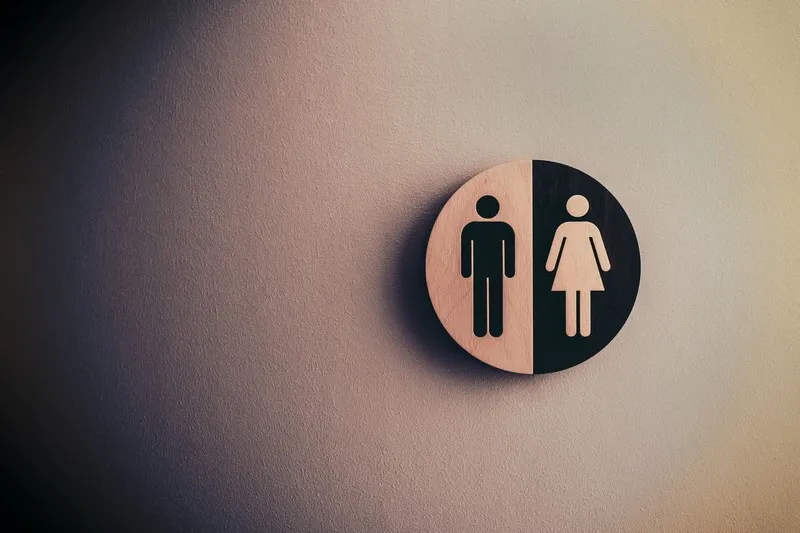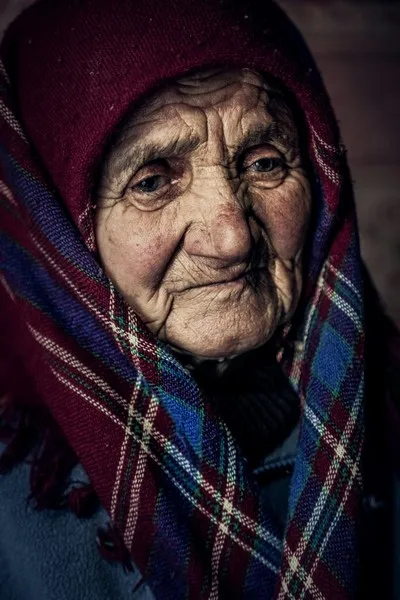Table of Contents
- Gender Discrimination Against Women
- Gender Discrimination Against Men
- Gender Discrimination Against Transgender Individuals
- Intersectionality in Gender Discrimination
- Conclusion
Gender discrimination is a pervasive and multifaceted issue that affects individuals based on their gender identity in various ways. It manifests in the form of unequal treatment, prejudice, and social exclusion, with each gender group facing specific forms of discrimination. This article will explore gender discrimination as it affects men, women, and transgender individuals, highlighting the distinct forms that discrimination takes against each group. By understanding the nuances of these forms, we can better address gender inequality in modern society.
Gender Discrimination Against Women
Employment Discrimination
One of the most prominent forms of gender discrimination against women occurs in the workplace. Women continue to face significant barriers in terms of both entry into certain fields and advancement within them. Workplace gender discrimination against women takes several forms, including unequal pay, sexual harassment, and the glass ceiling effect.
- Unequal Pay: Despite decades of efforts to bridge the gender pay gap, women still, on average, earn less than men for doing the same work. This wage disparity often persists even when women have the same qualifications and experience as their male counterparts. The structural devaluation of work typically associated with women, such as caregiving and education, further perpetuates this inequality.
- Occupational Segregation: Many professions remain heavily gendered, with women concentrated in fields deemed as ‘feminine’ or care-oriented, such as teaching, nursing, and social work. These roles are often undervalued in terms of pay and prestige, reinforcing gender disparities in the labor market.
- Glass Ceiling: Women often encounter an invisible barrier to upward mobility known as the glass ceiling, preventing them from reaching leadership positions. This phenomenon occurs despite women’s qualifications, resulting in fewer female executives and a disproportionate number of men in top decision-making roles.
- Sexual Harassment: Sexual harassment remains a major issue in workplaces. It can range from inappropriate comments and jokes to physical advances and coercive behavior. This creates a hostile environment, making it difficult for women to perform their jobs and advance in their careers.
Reproductive Rights and Health Discrimination
Reproductive health is an area where gender discrimination against women is particularly stark. Historically, women’s reproductive choices have been regulated and controlled by patriarchal structures, limiting their bodily autonomy and freedom.
- Access to Reproductive Healthcare: Women, particularly in marginalized communities, often face significant obstacles in accessing safe and affordable reproductive healthcare. This includes difficulties in obtaining birth control, abortion services, and maternal healthcare. Restrictions on reproductive rights serve as a form of social control over women’s bodies.
- Maternity Discrimination: Many women experience discrimination in the workplace due to pregnancy or maternity leave. They may be denied promotions, excluded from important projects, or even dismissed because of their pregnancy. This form of discrimination perpetuates the stereotype that women are less committed to their jobs if they have children.
Political Representation
Another significant form of gender discrimination against women is their underrepresentation in political institutions. Despite making up roughly half of the global population, women remain significantly underrepresented in political office and decision-making roles. This underrepresentation has broad implications for the creation of gender-sensitive policies.
- Underrepresentation: Women are vastly underrepresented in national parliaments and other legislative bodies. This disparity is even more pronounced in executive leadership roles, such as prime ministers and presidents.
- Policy Exclusion: Without adequate female representation, policies related to gender equality, healthcare, and family welfare often fail to prioritize women’s unique needs and concerns. The exclusion of women from decision-making processes reinforces gender inequalities in broader societal contexts.
Cultural Stereotypes and Social Expectations
Cultural stereotypes about women’s roles in society are another form of gender discrimination. Women are often expected to conform to traditional roles, such as being caregivers and homemakers. This places constraints on their personal and professional opportunities.
- Double Burden: Many women face the ‘double burden’ of managing both paid work and unpaid domestic labor. Social expectations that women should prioritize family and caregiving duties reinforce gender inequalities in the distribution of household responsibilities.
- Beauty Standards: Women are often subject to rigid beauty standards that dictate their value based on their appearance. These societal expectations reinforce objectification and pressure women to conform to unrealistic physical ideals, impacting their self-esteem and mental health.
Gender Discrimination Against Men
Get the full article AD FREE. Join now for full access to all premium articles.
View Plans & Subscribe Already a member? Log in.





